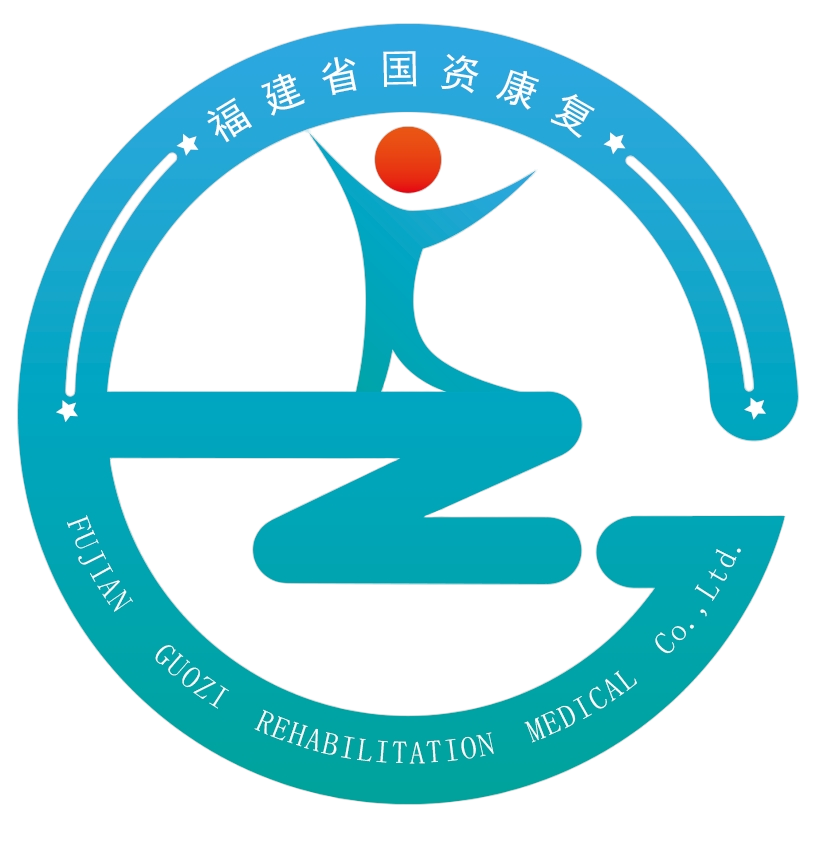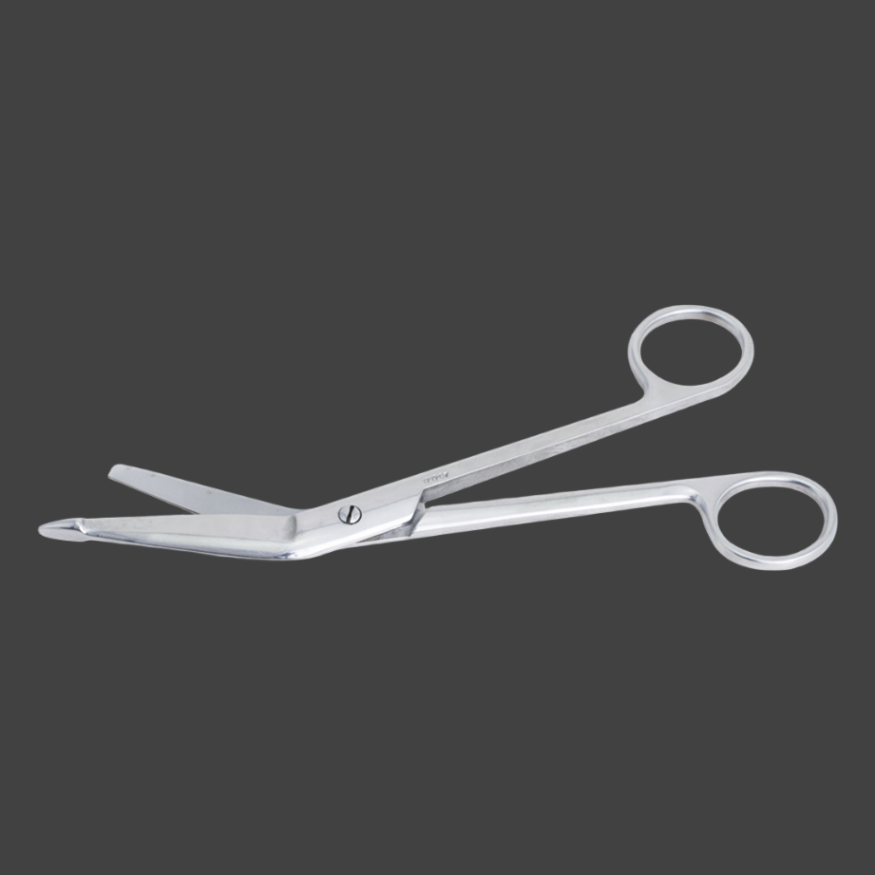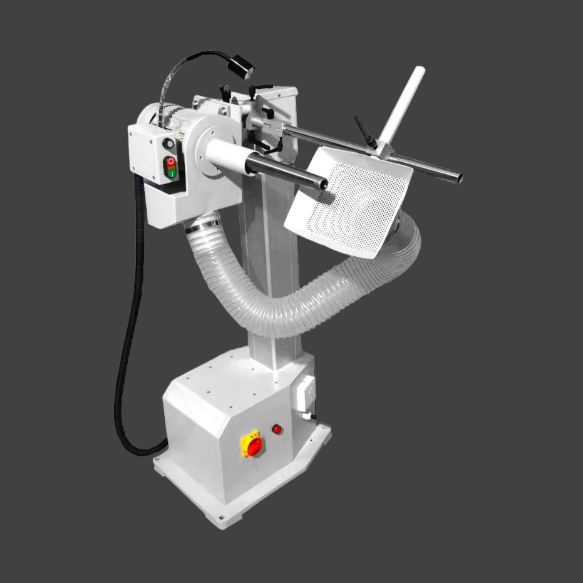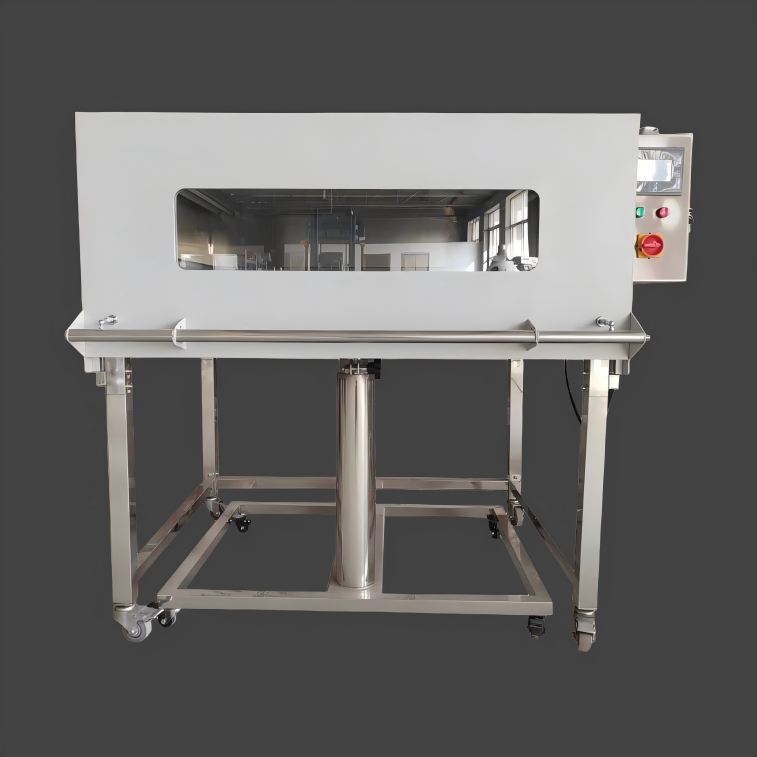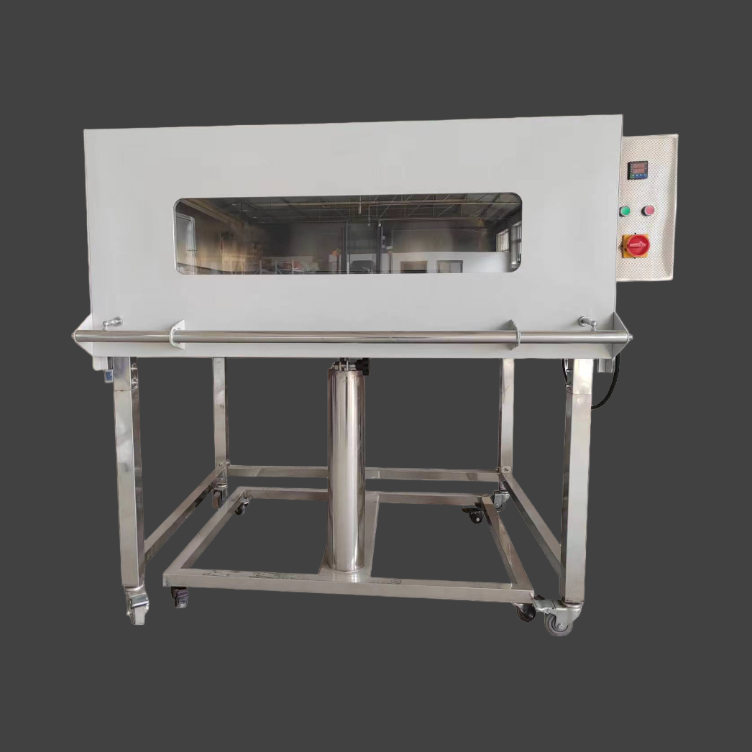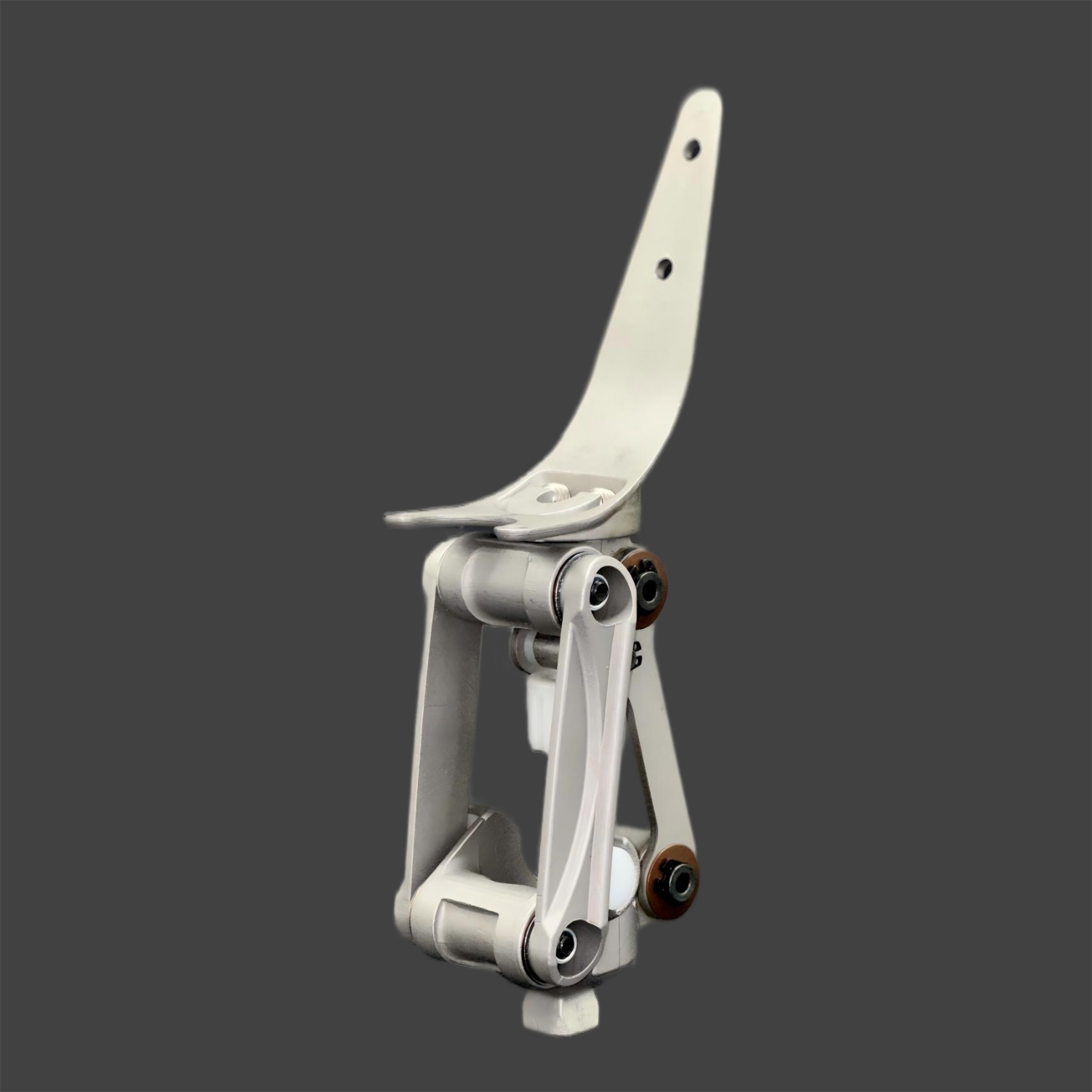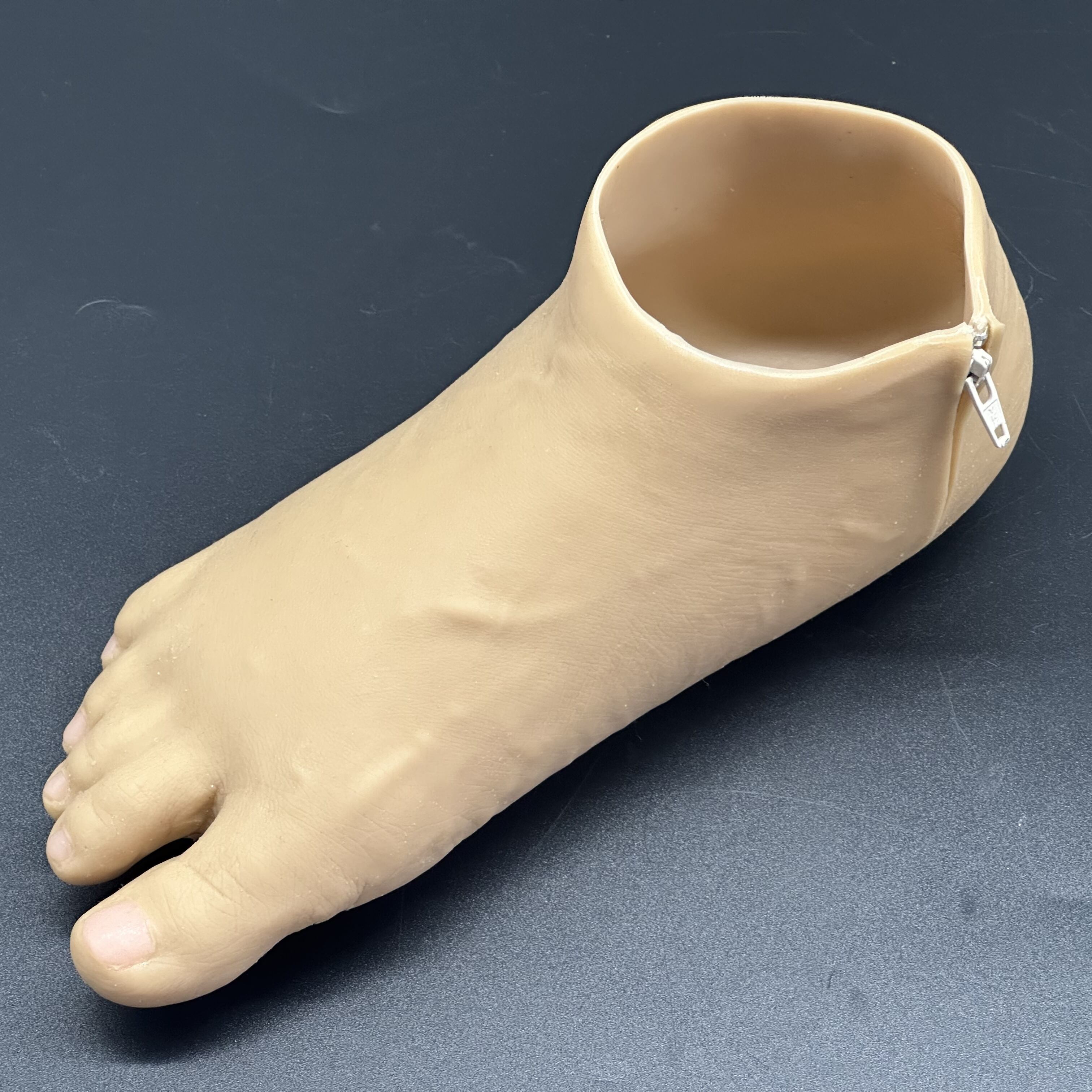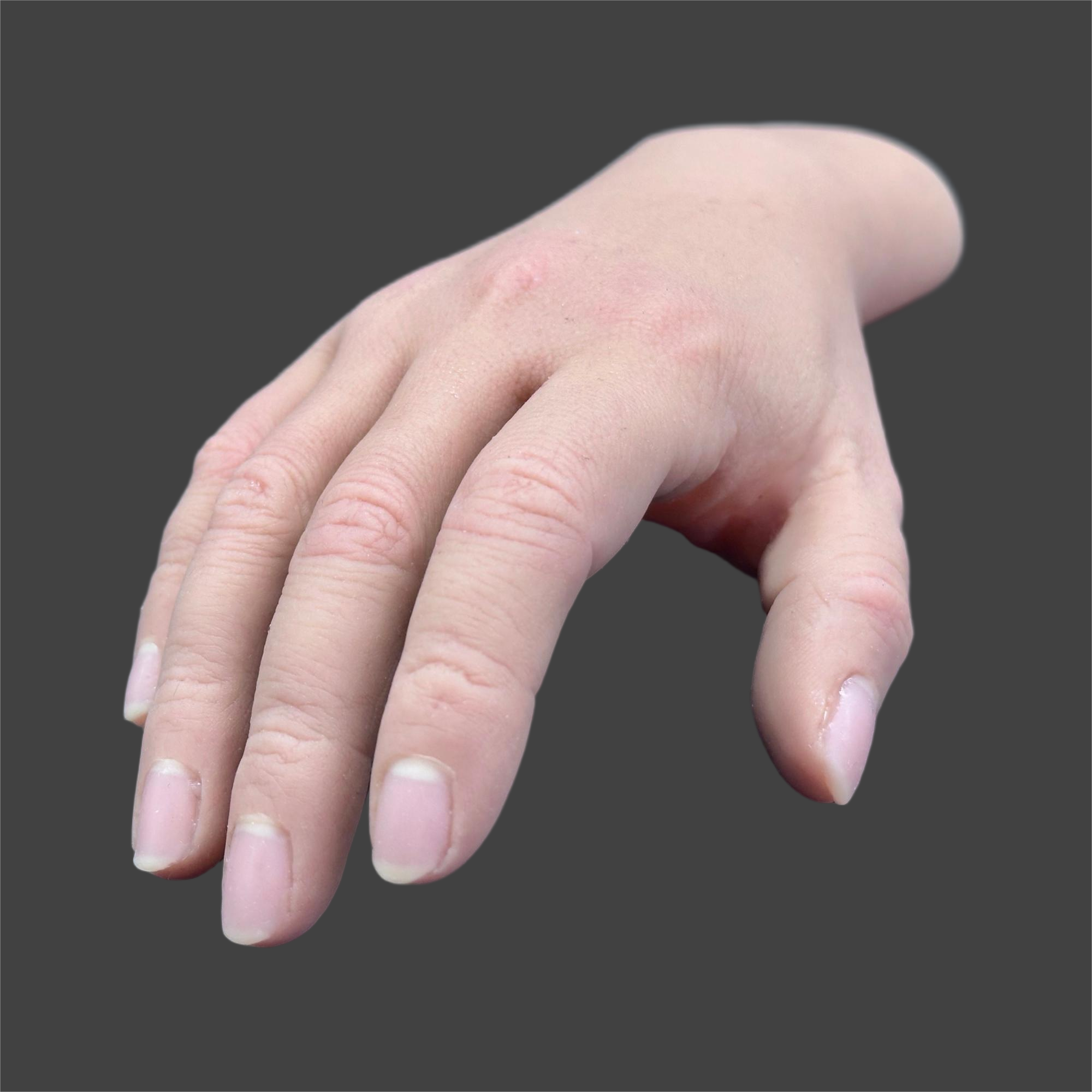Haladó sebészeti pontosság és technológiai integráció
A modern amputációs eljárások a legkorszerűbb sebészeti technológiákat és precíziós eszközöket alkalmazzák az optimális eredmények eléréséhez. A számítógép-vezérelt sebészeti rendszerek integrálása lehetővé teszi a szöveteltávolítás és -megőrzés eddiginél pontosabb végrehajtását. A sebészek már használhatnak 3D-s képalkotó és navigációs rendszereket a beavatkozások pontos tervezéséhez és végrehajtásához, biztosítva a beteg számára a lehető legjobb eredményt. Ez a technológiai fejlődés forradalmasította az amputációk elvégzésének módját, csökkentve a szövődményeket és javítva a gyógyulási időt. Az avanzsált képalkotó technikák segítenek a sebészeknek a fontos vérerek és idegpályák azonosításában, lehetővé téve a kritikus struktúrák jobb megőrzését. Ez a pontosság javítja a gyógyulást és a betegek funkcionális eredményeit.


